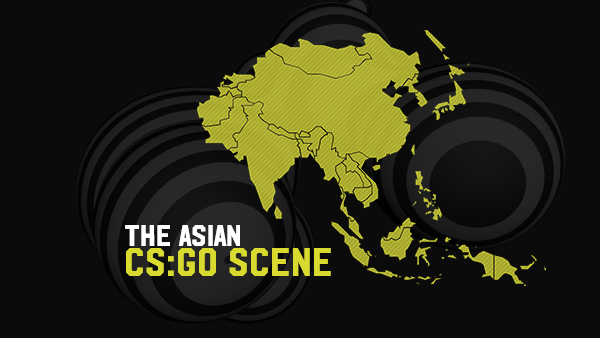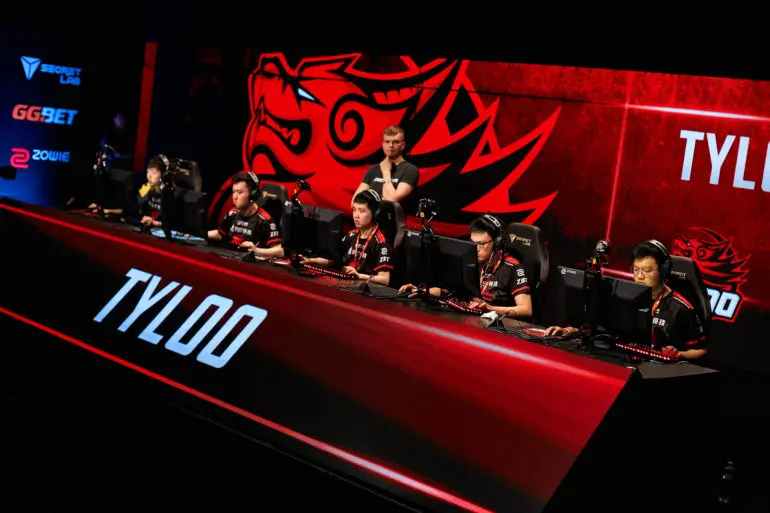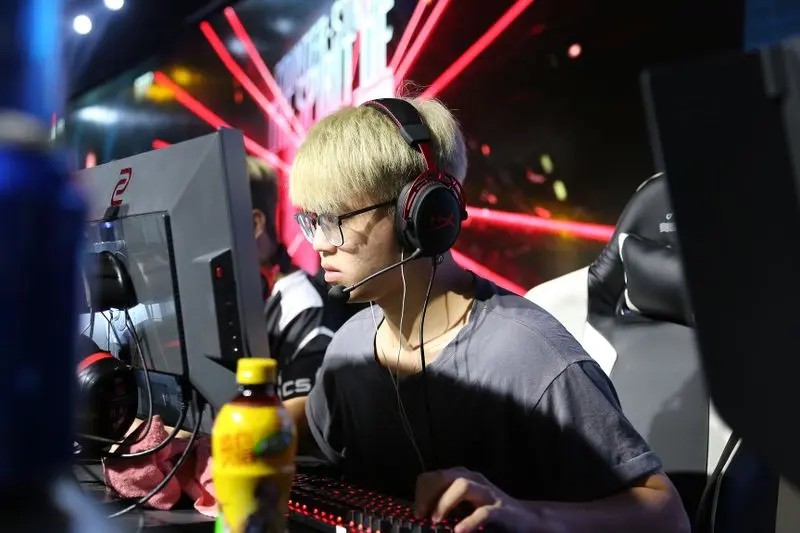Asia – The Uncharted Region Of CS:GO
Asian Counter-Strike is getting bigger and bigger. More countries are participating in local qualifiers to big international events like Dreamhack and ESL. More talent is appearing in these regions, some of which, capable of challenging players from the Old Continent and the Americas. And yet, the achievements of this vast region can be counted on your 5 fingers. That, however, will change. It may take months, weeks, but Asia is getting ready to contest the big stage.

More Asian Countries Enter The Fray
For a huge region such as Asia, with more than 4 billion inhabitants, not a lot of countries have been involved in international play. The primary team, of Asian representation, came in the form of TYLOO. This team participated in over 8 S-tier events since 2016 and has been a part of the CS:GO Major Qualifier cycle. At the same time, the South Korean team of MVP PK showed up. They too would qualify to international events but wouldn’t accomplish any significant glory.

With more tournaments appearing in the Counter-Strike space, there have been a lot more opportunities to qualify. Teams like BOOT from Singapore and Lucid Dream from Thailand seized such opportunities and have played in IEM Sydney and Dreamhack Masters Dallas respectfully.
New Asian Talent
With a region as huge as Asia, there have been players who’ve exploded into the scene but cooled down after a while. In 2015 it was the Vietnamese player crazyguy, with his stellar performance on the stage of Dreamhack Open Stockholm. The next player to evoke such sentiments was nonother than BnTeT and his stellar performances since joining TYLOO in 2017. With the arrival of new teams, there has been a bigger influx of young and talented individuals. In BOOT there’s splashske, from Boom it’s a 15-year-old called f0rsaken, not to be confused with the Indian forsaken who got caught cheating on lan.
Looming Troubles

Exposure exists for these inexperienced rosters. Teams are being built, talent is being crafted. But why hasn’t Asian dominance arrived? There are a couple of reasons.
For starters, the playstyle of Asian teams has remained very similar amidst the years. It’s a very aggressive approach to Counter-Strike, one that can lead to many kills but pitfalls as well. European teams, which were not familiar with such a style of play would lose games and series when face with such aggression.
Nowadays, such a style isn’t that optimal. But a team like TYLOO, tends to rely on their terrorist side offensive. Their explosiveness is what gives them the edge and their Terrorist side rounds wins are about 47.20% of all rounds won when compared to Vitality’s 42.05% and Astralis’ 47.70%.
Will The CS:GO Scene In Asia Ever Pick Up?
The Asian scene has been overlooked for some time now. Many look forward to the likes of TYLOO or even Vici appearing at an event and justifying the existence of a tournament slot. But with more teams appearing and from different countries, Asia might finally have more than just a decent team. There could be an actual contender. It’s only a matter of time when that will happen. The question remains the same. When?